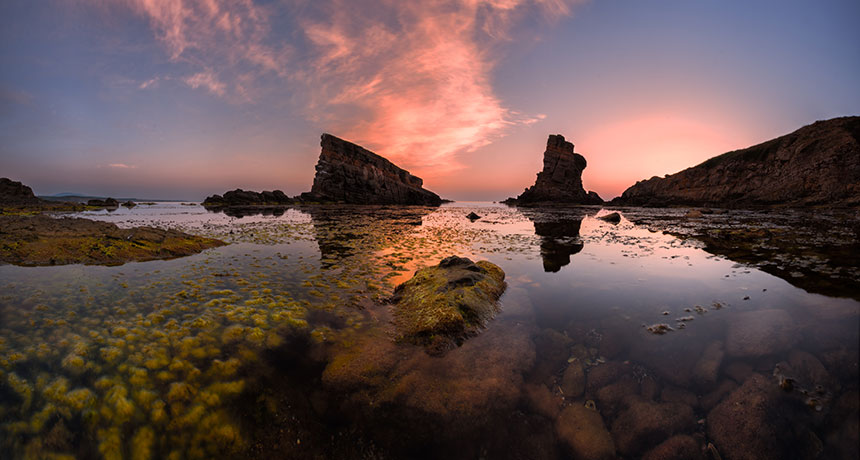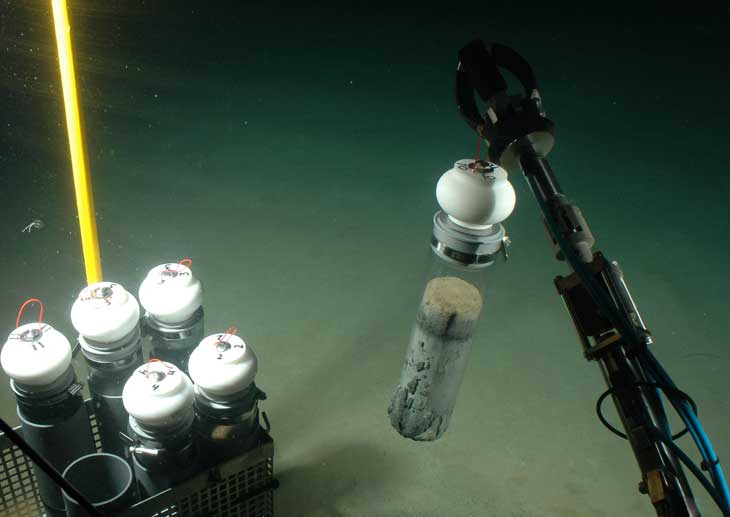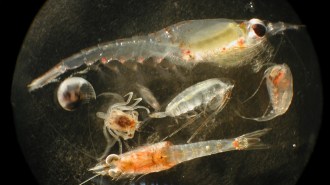
SUFFOCATING SEA The effects of low-oxygen conditions on seafloor communities linger even when oxygen returns, suggests a new study comparing oxygen and ecological activity in the Black Sea (shown).
RussAsanov/iStockphoto
- More than 2 years ago
Short bouts of suffocating conditions can desolate swaths of seafloor for decades, new research suggests. That devastation could spread in the future, as rising temperatures and agricultural runoff enlarge oxygen-poor dead zones in the world’s oceans.
Monitoring sections of the Black Sea, researchers discovered that even days-long periods of low oxygen drove out animals and altered microbial communities. Those ecosystem changes slow decomposition that normally recycles plant and animal matter back into the ecosystem after organisms die, resulting in more organic matter accumulating in seafloor sediments, the researchers report February 10 in Science Advances.
Carbon is included among that organic matter. Over a long enough period of time, the increased carbon burial could help offset a small fraction of carbon emitted by human activities such as fossil fuel burning, says study coauthor Antje Boetius, a marine biologist at the Max Planck Institute for Marine Microbiology in Bremen, Germany. That silver lining comes at a cost, though. “It means your ecosystem is fully declining,” she says.
“We need to pay more attention to the bottom of the ocean,” says Lisa Levin, a biological oceanographer at the Scripps Institution of Oceanography in La Jolla, Calif. “There’s a lot happening down there.” The new work shows that scientists need to consider oxygen conditions when tracking how carbon moves around the environment, says Levin, who was not involved in the research.
Story continues after image

Some oxygen-poor, or hypoxic, waters form naturally, such as the suffocating conditions caused by a lack of churning in the deep realms of the Black Sea (SN Online: 10/9/15). Other regions lose their oxygen to human activities; fertilizer washing in from farms nourishes algal blooms, for example, and the bacteria that later decompose that algal influx suck up oxygen. Rising sea-surface temperatures could worsen these problems by decreasing the amount of dissolved oxygen that water can hold and making it harder for ocean layers to mix, as warmer waters remain on top (SN: 3/5/16, p. 11).
Scientists have noticed increased carbon burial in hypoxic waters before. The mechanism behind that increase was unclear, though. Boetius and colleagues headed out to the Black Sea, the world’s largest oxygen-poor body of water, and studied sites along a 40-kilometer-long stretch of seafloor. (Military activities in the region following Russia’s annexation of Crimea limited where the researchers could study, Boetius says.) Some sites were always flush with oxygen, some occasionally suffered a few days of low oxygen, and others were permanently oxygen-free.
The ecological difference between the sites was stark. In oxygen-rich waters, animals such as fish and starfish flourished, and little organic matter was deposited on the seafloor. In areas with perpetually or sporadically low oxygen, the researchers reported that oxygen-dependent animals were nowhere to be seen, and organic matter burial rates were 50 percent higher.
Bottom-dwelling animals are particularly important, the researchers observed, helping recycle organic matter by eating larger bits of debris sinking from the surface ocean and by mixing oxygen into sediments during scavenging. What’s more, the researchers found that the microbial community in oxygen-poor waters shifted toward those microbes that don’t depend on oxygen to live. Such microbes further limit decomposition by producing sulfur-bearing compounds that make organic matter harder to break down.
Depending on the size of the area affected, animals could take years or decades to return to previously hypoxic waters, Boetius says. Some of the studied sites experienced low-oxygen conditions for only a few days a year yet remained barren even when oxygen returned. The absence of animals prolongs the effects of hypoxic conditions beyond the times when oxygen is scarce, she says.




